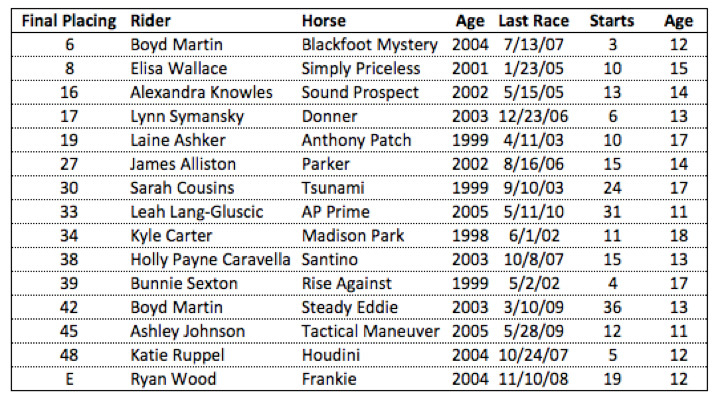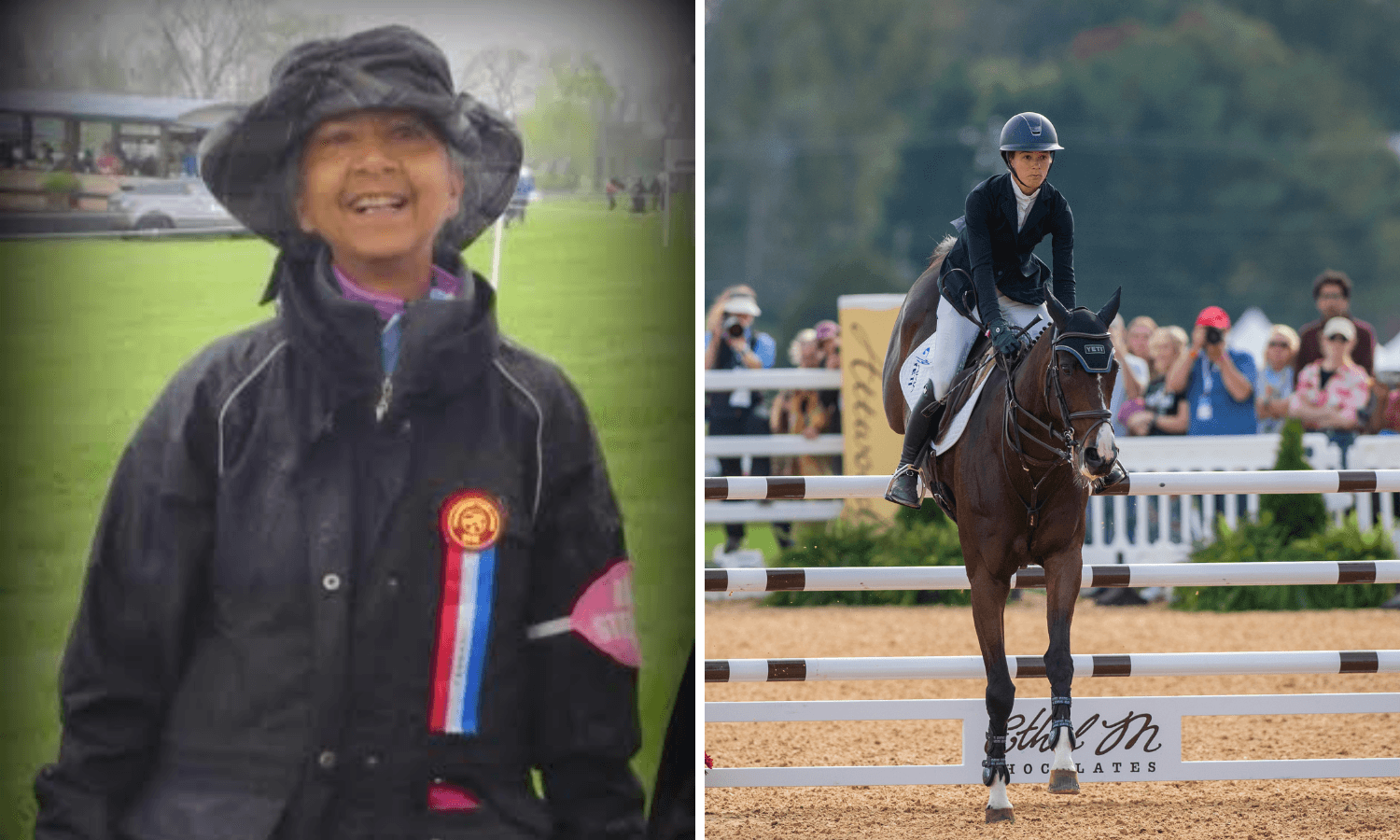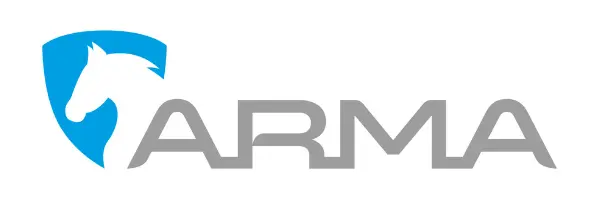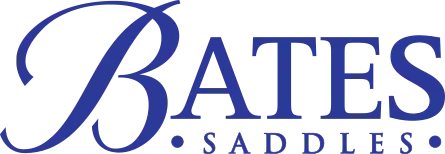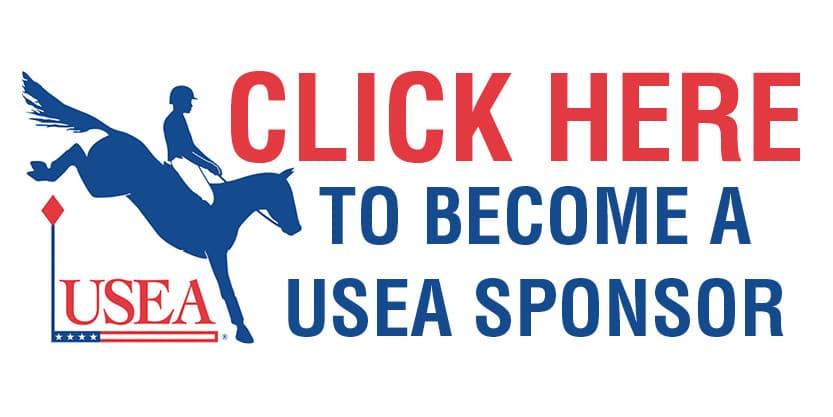OTTBs Prove Their Worth at Rolex Kentucky
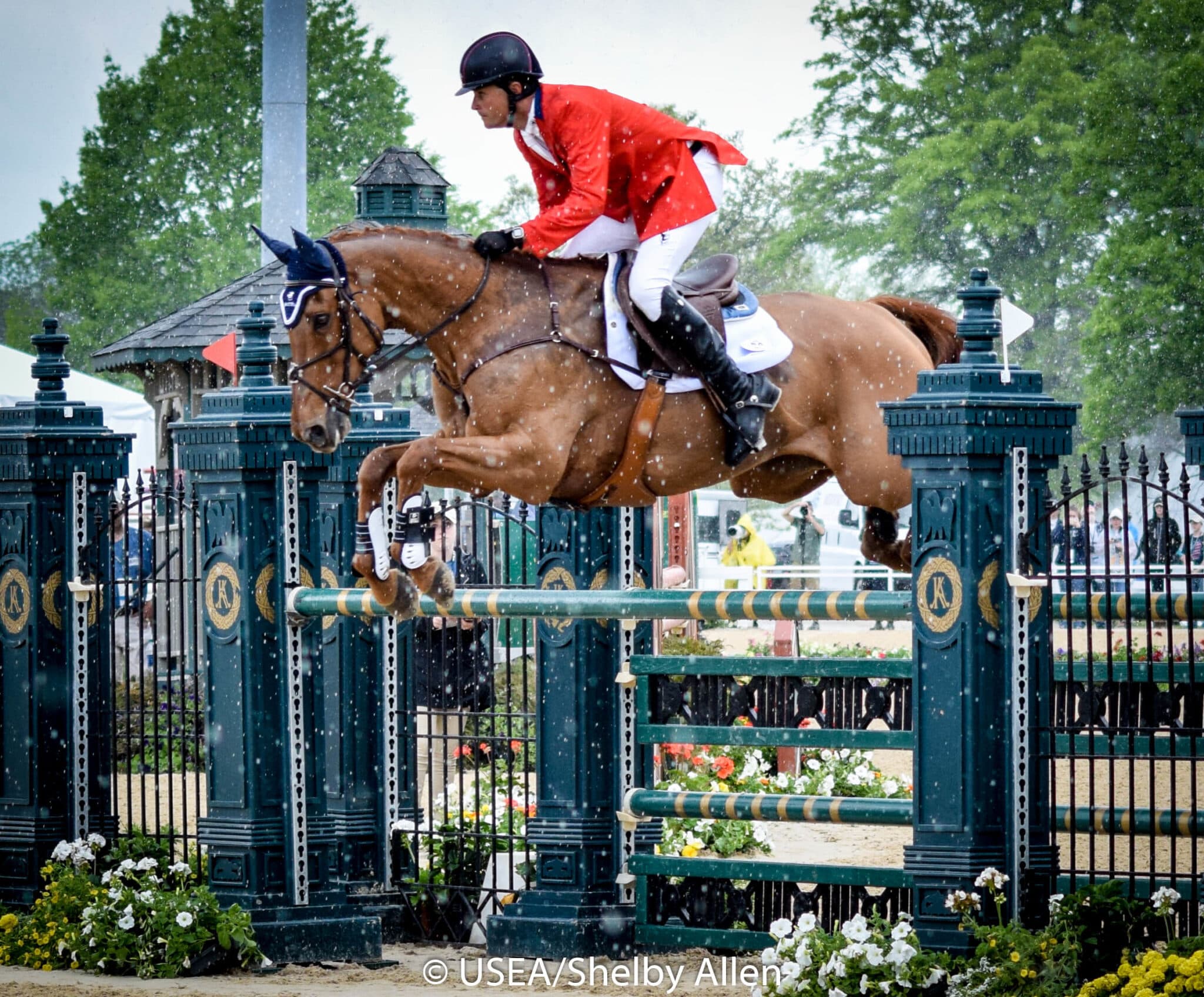
Off-track Thoroughbreds proved once again that they are the horses with heart at the 2016 Rolex Kentucky 3-Day Event. Finishing a four-star takes toughness, and doing it in the rain takes Thoroughbred blood.
Fifteen off-track Thoroughbreds (OTTB's) started the competition and all but one finished. That is an almost unheard-of 93% completion rate. Five of the OTTB's finished in the top twenty.
Horses that did not start their lives as racehorses seemed to be at a disadvantage this year. Only forty of the 56 non-OTTBs completed the competition, for a 71% completion rate. The heavy footing took its toll on these horses. Some of the heavier warmbloods were visibly tired on the final day and pulled uncharacteristic rails that dropped them significantly in the standings.
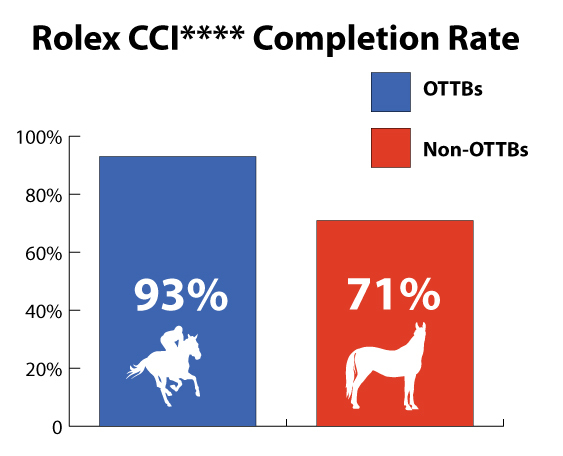
We sometimes hear that horses off the track don't hold up due to the hard work they did as youngsters. Consider this statistic.
Six of the 54 horses who completed Rolex this year were age 17 or older. All but two of them were Thoroughbreds that raced. Yes, you read that correctly. Put another way, two-thirds of the oldest horses finishing the event were OTTB's despite that fact that they were only 26% of the finishers. So 29% of our OTTB's were age 17 or older while only 5% of non-OTTB's were that old.
The durability argument extends to the average ages of horses competing as well. The average age of all horses competing was thirteen, but 71% of OTTBs were thirteen or older.
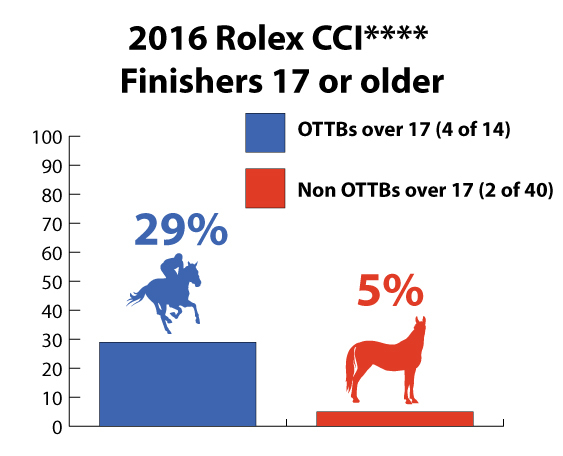
And one final stat to smash a stereotype is average number of races run. Some people believe that they should be looking for ex-racehorses with very few starts, thinking erroneously that the longer they race the less sound and trainable they will be. Our Rolex OTTBs had an average of 14 starts. They were real racehorses with significant careers on the track before beginning their training as event horses. Leading the group was Steady Eddie with 36 starts. Frankie had the most winnings at $99,310.
Enjoy the stats below and never, ever doubt the trainability, durability, and heart of the Thoroughbred racehorse.
